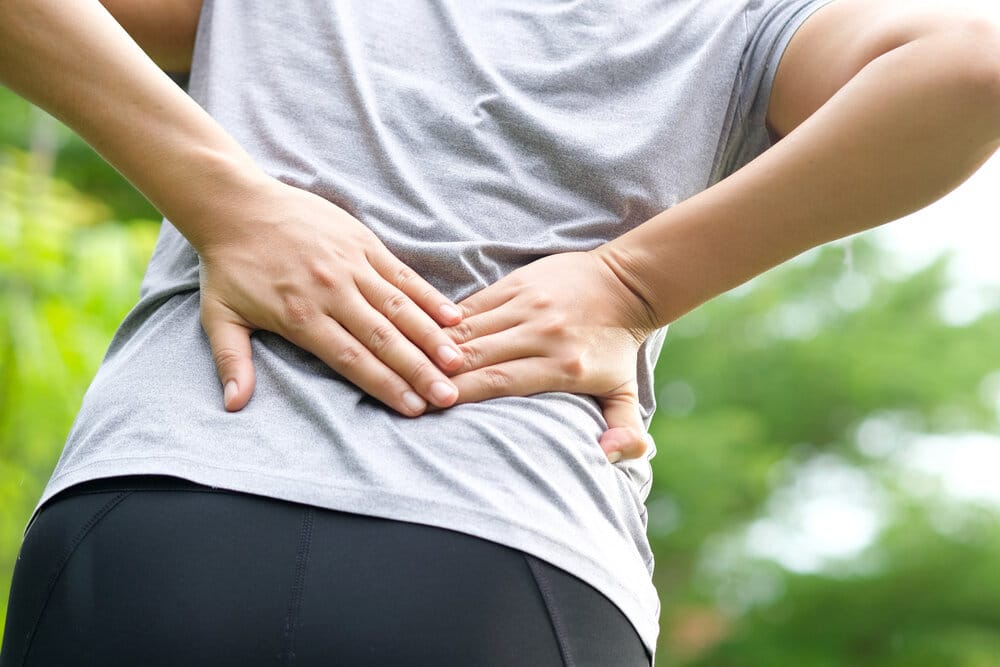
A torn or strained muscle in the lower back may cause intense pain, spasms, and rigidity, which can lead to an emergency room visit for many people. Knowing what you can do to bring the pain down to a tolerable level immediately and effectively while helping your body recover when this injury happens is clever. Consult a back doctor in OKC.
Symptoms of back strain
The common symptoms of back strain include:
-
Pain
-
Swelling
-
Muscle spasms or cramping
-
Muscle fatigue or loss of function.
If you experience a back injury that causes the following symptoms, you should, however, call your doctor:
-
Severe pain or swelling
-
Pain that makes it impossible to move or walk longer than a few steps
-
Sleep-interfering pain
-
Limb numbness
-
A lump in the area affected
-
Bowel and bladder control loss
- Leg weakness; if you have a history of back injury or spinal disorder, you should also contact your doctor.
First Aid Treatment Options For Muscle Pain
Rest
Cut off your normal activities or exercise for one or two days. Give your back time for healing.
Ice
First, use ice, switch to heat treatment, and then the muscle tissues heal for the next few days of strain injury. The healing process causes inflammation in the muscle fibers to occur. Cold and heat therapy can reduce inflammation, thus reducing pain, muscle spasms, swelling, and inflammation. The ice pack can be used to cool down your muscle fibers with ice cubes wrapped in a towel or a pouch of frozen vegetables. Heat treatment helps your muscle fibers get blood, oxygen, and nutrients to heal, recover, and relieve pain. The heat pack or a hot water bottle can provide your muscles with heat. Another option is low-level continuous heat, for example, an adhesive heat wrap.
Compression Wrap
The use of pressure also helps to reduce swelling. An elastic bandage around your back to apply the pressure is needed. It may be easier and less painful for someone else to apply it for you. Do not wrap it too tightly to avoid cutting off your blood circulation. Loosen the wrap when the pain increases you see swelling beneath the wrapped area, or the wrapped area becomes numb.
With advice from a doctor, use a natural muscle relaxant, spasms will alleviate muscle pain. Extracts of
-
Tart cherry
-
Valerian
-
Peppermint
-
Curcumin (turmeric) is part of the active natural muscle relaxants.
Valerian and camomile also promote good sleep, so using them before bedtime is an excellent idea. Many of these natural options have strong anti-inflammatory and healing properties; taking magnesium supplements can help alleviate muscle spasms.
Over-the-counter pain relief (NSAID) medicine can help relieve swelling and pain. Examples of NSAIDs include Aspirin, Ibuprofen (Advil and Motrin), and Tylenol.
When exercising after a break, slowly and progressively increase your intensity level.
If you are trying a new exercise, have a qualified trainer or teacher teach you how to do it safely. Use correct techniques. This is particularly important for activities involving jumping, twisting, or lifting heavy objects.
Reach out to pain doctors, where you can find a range of treatment options related to back and muscle pain
**Disclaimer: This content should not be considered medical advice and does not imply a doctor-patient relationship.





